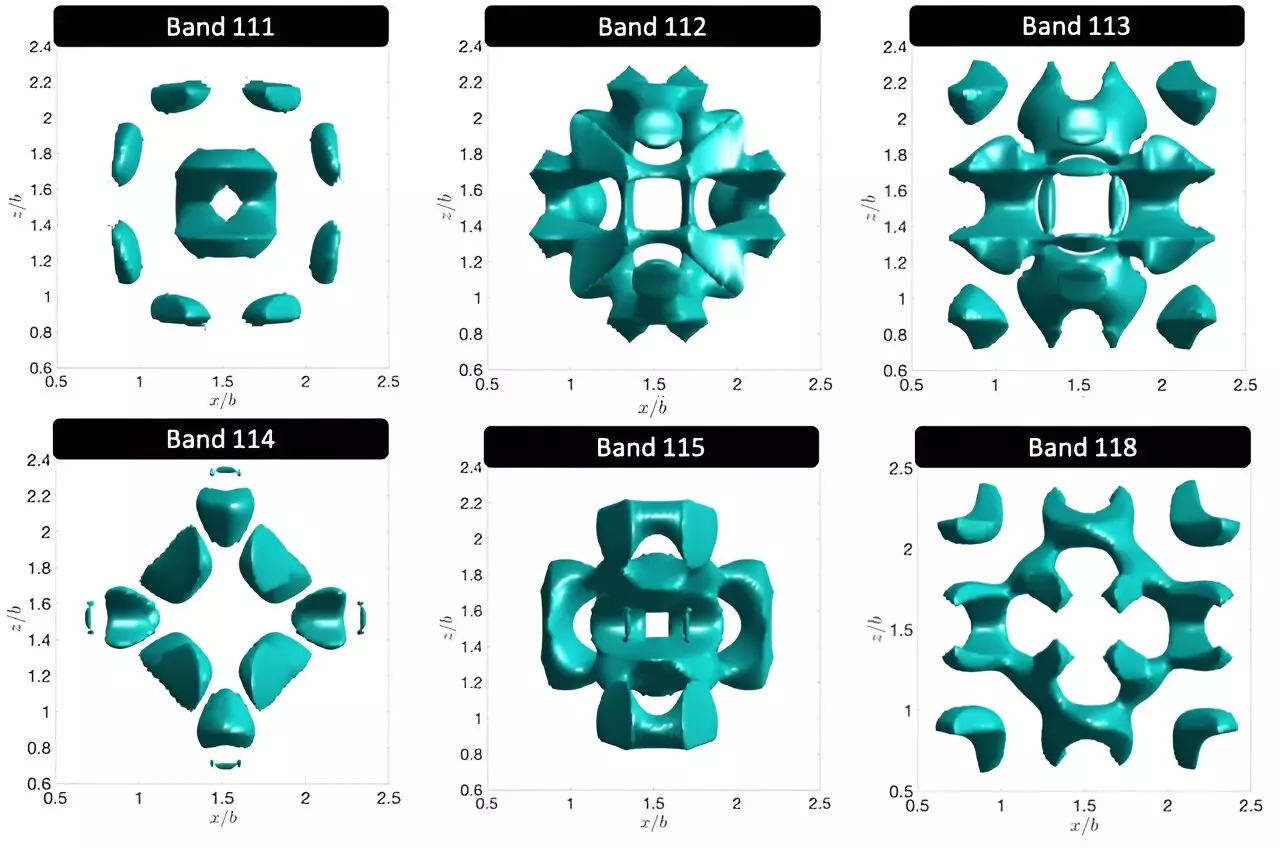Photons, the elementary particles that make up light, are a source of fascination for researchers due to their unique behavior. Unlike electrons, which orbit around atoms in specific shapes, photons have the ability to take on a wide variety of shapes and symmetries. Researchers at the University of Twente in the Netherlands have delved into the world of photons and discovered that with careful design of specific materials, these particles can be controlled and manipulated in innovative ways.
In their study, the researchers at the University of Twente focused on photonic orbitals, which describe the regions of space where photons are most likely to be found. By studying these orbitals, the researchers were able to unlock valuable insights into how photons behave when confined in a 3D nanostructure known as a photonic crystal. This unique structure, with intentionally designed defects, allows for the isolation of photonic states from their surrounding environment, opening up a world of possibilities for advanced optical technologies and quantum computing.
Potential Applications in Advanced Technologies
The implications of this research are far-reaching, with potential applications in smart LED lighting, quantum computing, and sensitive nanosensors. The ability to control and manipulate photonic orbitals could revolutionize the field of optical technologies, allowing for the creation of more efficient lighting sources and highly sensitive photonic sensors. Moreover, the enhanced local density of optical states offered by nanostructures with smaller defects opens up new possibilities for integrating quantum dots and creating networks of single photons.
As researchers continue to delve deeper into the world of photonic orbitals, the possibilities for innovation and discovery are endless. By leveraging nanotechnology and carefully designed structures, scientists have the potential to unlock new realms of optical technologies and quantum computing. The study conducted by the researchers at the University of Twente sheds light on the rich toolbox available in nanotechnology, providing a roadmap for future advancements in the field of photonic orbitals and their applications.


Leave a Reply